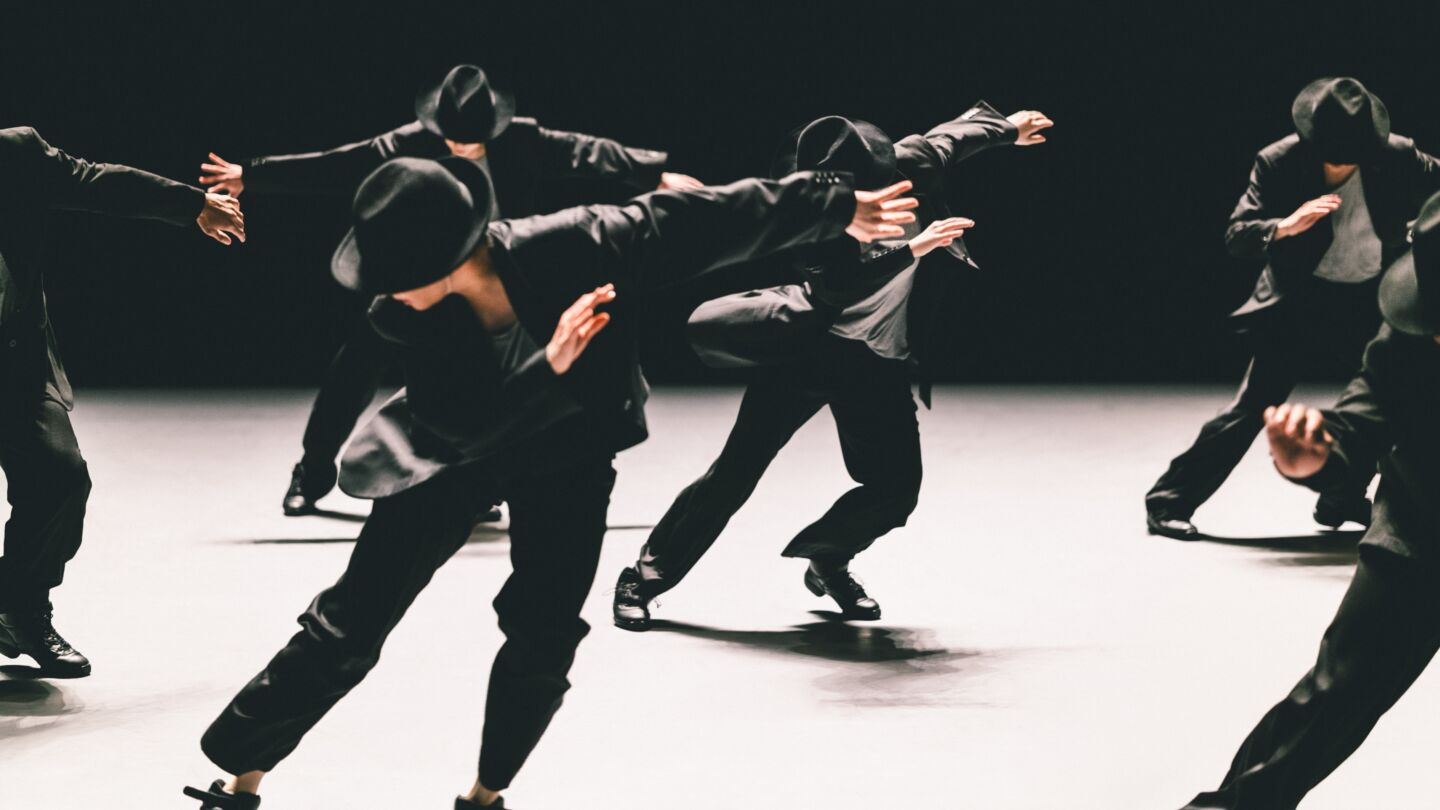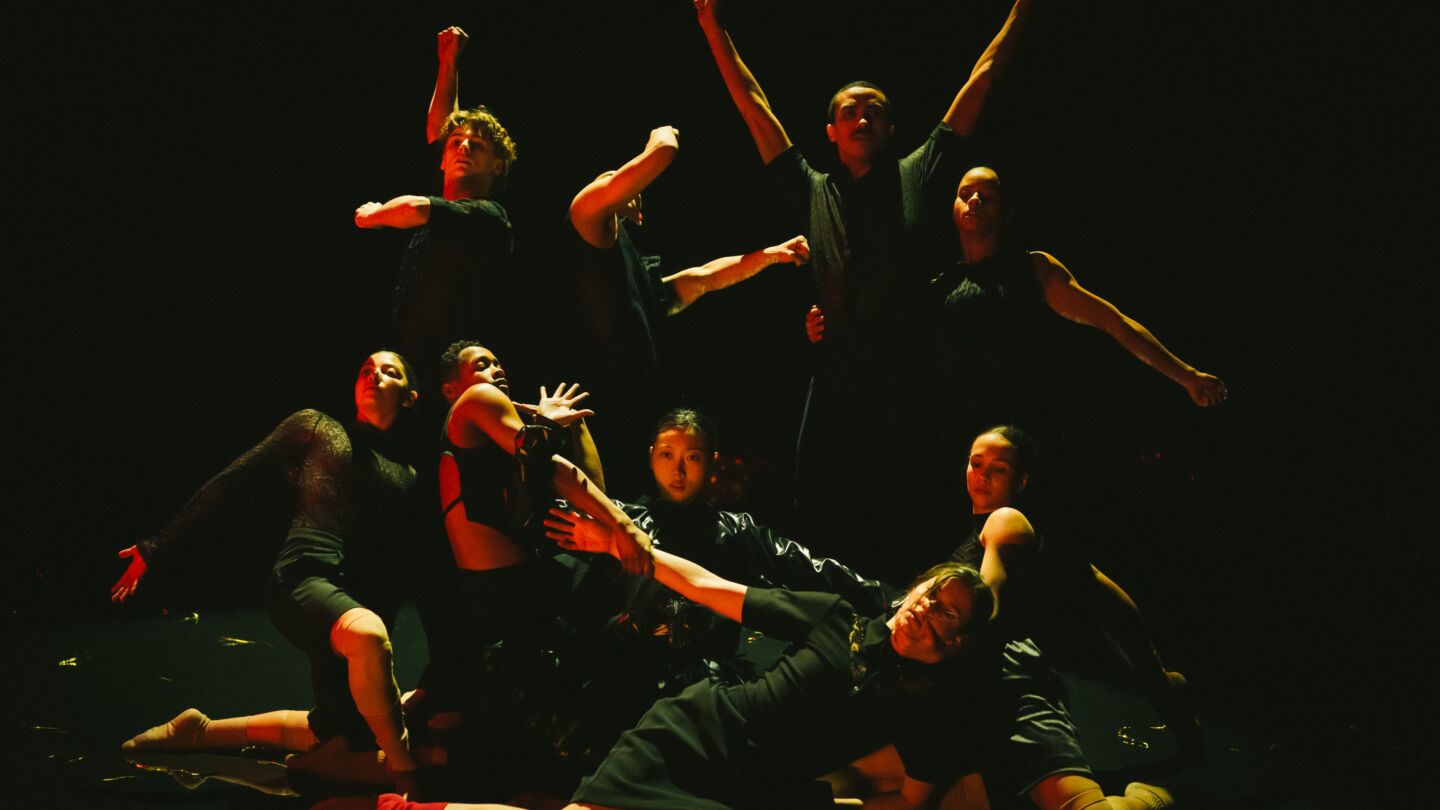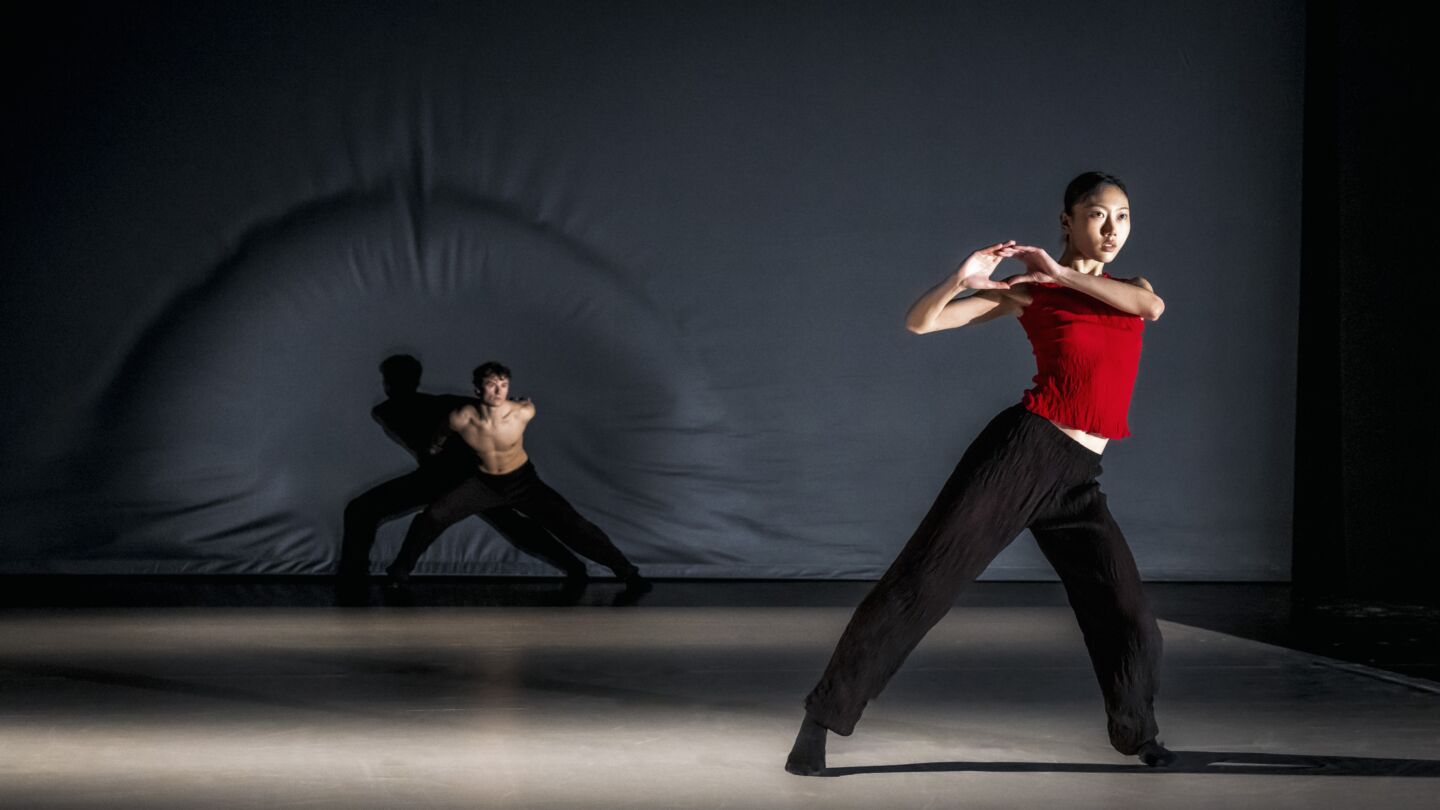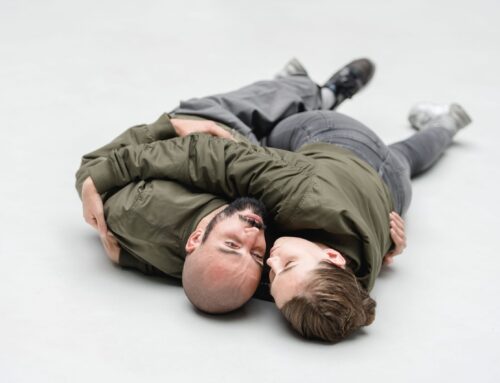The Nederlands Dans Theater showed at the Heerlen Theatre
The beauty OF IT ALL
Great Finale of 29th edition of schrit_tmacher justdance! at Parkstad Limburg Theaters Heerlen
By Thomas Linden
At the end of its 29th edition, the schrit_tmacher Festival at Heerlen Theatre once again gave itself a great gift. The very title „The beauty OF IT ALL“ is a reminder of beauty. However, it is not the beauty of uniformity, but one of energy, passion and inspiration. There can be no talk of perfection, which the Nederlands Dans Theater (NDT) once again demonstrated with an unrivalled naturalness. Here, perfection does not flaunt the smoothness of an impenetrable workpiece, but places itself completely at the service of an art that wants to be more than virtuoso. There is no routine, even in view of the fact that two of the three selected choreographies have been part of the NDT’s repertoire for more than 20 years.
Jiří Kylián’s choreography „27’52“ – which premiered in 2002 – has lost none of its cutting edge. To the screeching sound that Dirk Haubrich extracted from Gustav Mahler’s Symphony No. 10, we see a ballet of abstraction. On an empty stage, the dancers double up in the play of shadows cast by their bodies on a grey back wall. In places, a large screen descends from the ceiling, so that only the movements of the bodies can be seen, but not their heads. And yet a love story is told in this brutal sobriety. The couple always act at a great distance. However, the gestures are so expressive that, despite all the objectivity, the melodrama is not neglected. The arms are used like wings, making the bodies appear light and yet not harmless, as the legs do their work quickly like flashing swords. The female members of the NDT in particular shine across the board. Even if you have seen this choreography a dozen times before, the finale remains a shock when the lovers are still buried far away from each other under the mat of the dance floor.
What might be going on in our consciousness when we know that this world will only exist for another 15 minutes? In Maxine Doyle’s choreography „Fifteen Minutes“, which premiered in The Hague a week ago, memories of a crazy world once again drift across the stage in clouds. The narrator turns out to be a tall Little Red Riding Hood, staggering frightened through a grotesque fairy tale. Scattered figures in protective suits, like those worn after a nuclear accident, alternate with exuberant partygoers. They dance in a ringlet and then disintegrate into isolation. These figures, who seem to have lost all inner meaning and context, look at each other in bewilderment. At the same time, this end-time fantasy comes across with a witty wink. A choreography that delivers over-pointed images to the relentless beat of the metronome and plays a flirtatious game with the catastrophe.
It has been 25 years since Ohad Naharin created his choreography „Minus 16“, which became a bestseller on international dance stages. Joy should form the core of a festival, which is why this piece seemed particularly suitable for the finale of the Dance Weeks in the Euregio. Towards the end of the piece, the dancers in their black suits, white shirts and black hats, reminiscent of the orthodoxy of Judaism, descend into the hall and invite the audience to join them on stage. This time, too, the result is a cheerful picture, with the black figures gesticulating wildly as they frolic with teenagers and pensioners on the ramp. And yet in this day and age, joy no longer seems carefree. In the face of massacre and war, it was a courageous and correct decision to show this play. It reminds us that there are traditions that are older than the violence of the present. Of course, Naharin’s choice of music, which combines Israeli and Cuban rhythms, immediately gets into your blood. „Minus 16“ is about the collective and its seemingly religious rituals of repetition. But at the same time, it breaks open this closed world, and not just with Naharin’s gaga movements, which break all conventions and were also the subject of much and hearty laughter in Heerlen. The individual members of the ensemble also talk about themselves off-screen. The women talk about their bodies, which they experience as inadequate, the men about their origins and everyone about the happiness of movement. In the end, the big four-week festival becomes a tribute to the individual and their very special fate. A statement that suits our present day.
















